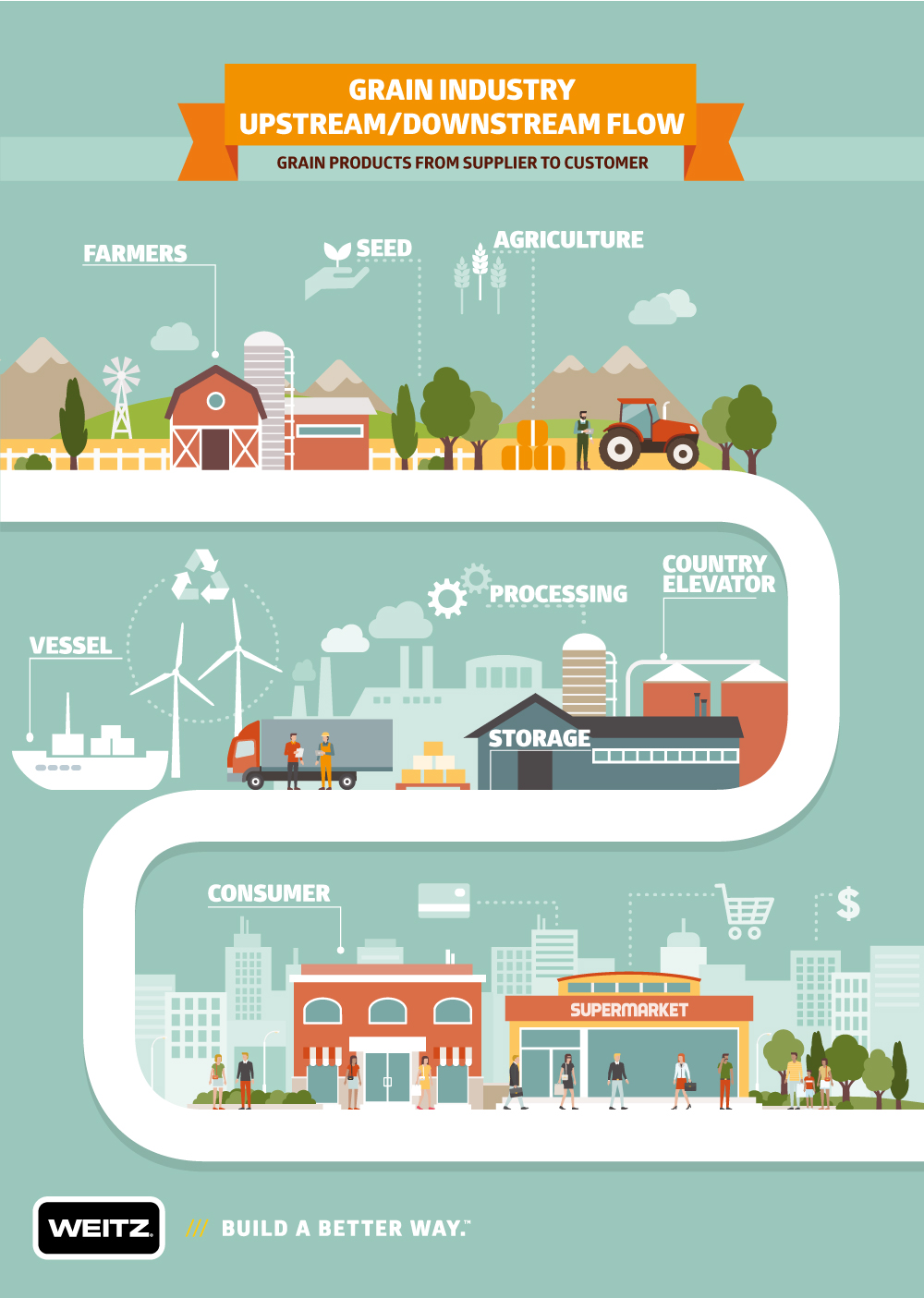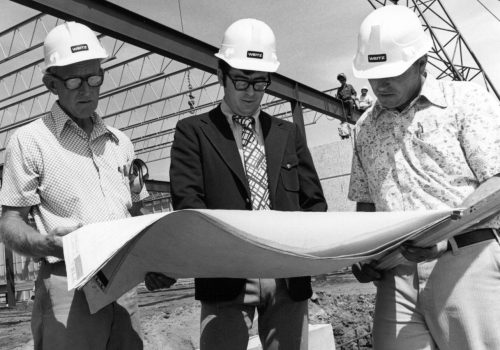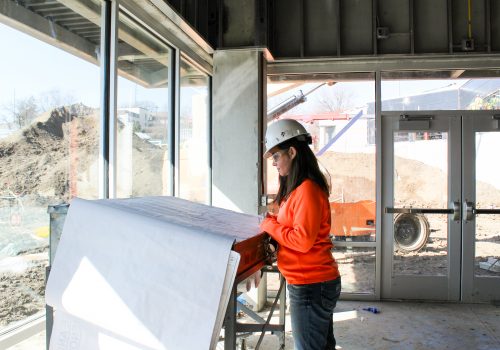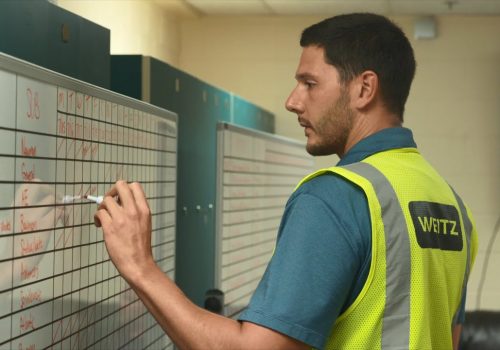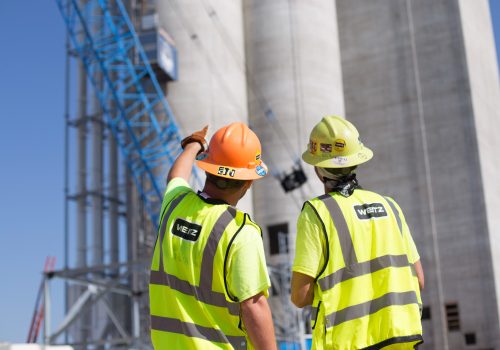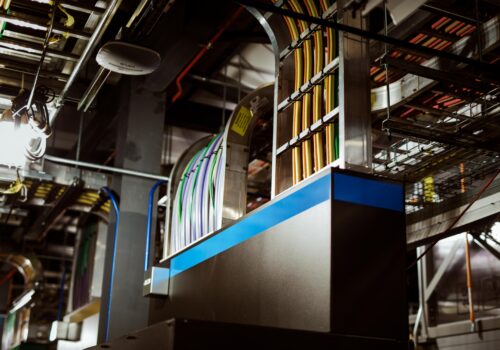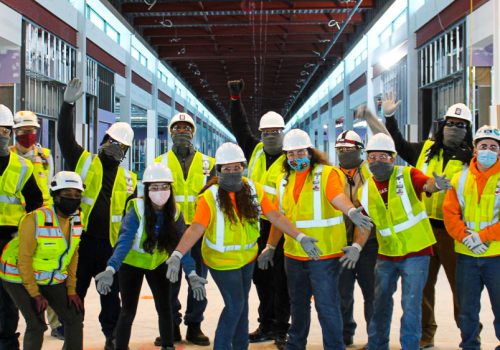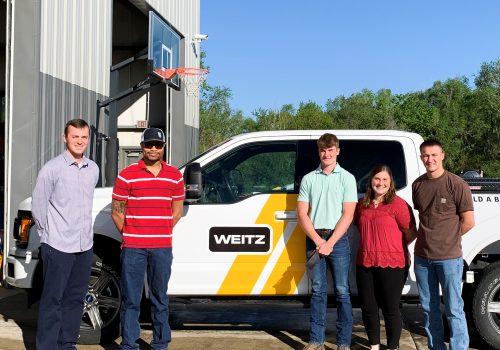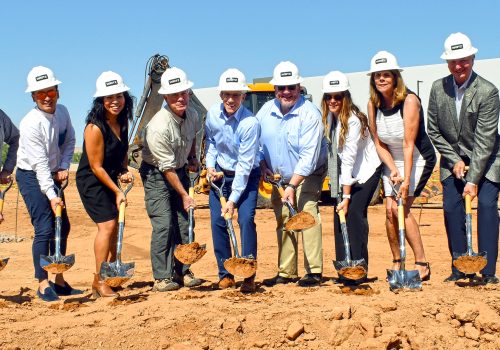Top Trends in the Grain Industry
Grain Industry Top Trends by Alex Westlind, Engineering Manager
With over 11 years of experience as an Engineer, Alex Westlind has successfully completed several grain handling, grain storage, and export terminal projects. Read more to learn about Alex’s insights on the top trends of the grain industry.
1. Higher Volume and Increase in Capacity
Customers are seeking more solutions to expand production and storage through their new or existing facilities. Many land locked facilities have limited space for growth adding significant capital investment for larger and faster equipment. From 80,000 BPH to 100,000 BPH or 60” belt conveyor to 72” belt conveyor, grain producers are continuously upgrading connector pieces so they can get more grains through their facility and into vessels for transportation for future processing and ultimately onto shelves in the grocery retail stores.
2. Attention to Sanitary
With the new FDA, FSMA requirements are important for facility cleanliness to protect the quality of grain products – including in the seed and feed industries. Many traditional export house facilities have conventional open top belt conveyors but now customers are installing more fully enclosed conveyors. Non-food grade, fully enclosed, Material Handling Equipment (MHE) helps with dust control and pollution, minimizing spillage, and shrinking product loss.
3. Traceability and Inventory Control
GMO and Non-GMO is a key factor to traceability. Well-informed consumers now have easier access to more information on products. We ask ourselves, “Is it organic?”, “Is it non-organic?”, “Is it farm-raised?” or “Is it processed food?” The main question is; how do you prove if it is organic without traceability? Tracking products from farmland, to truck to vessel and every location in between, customers are committed to inform consumers’ choice by maintaining an accurate list of risk ingredients.
4. Data and Documentation
Managing historic data and drawings on an existing facility is challenging. Most facilities have been in operation for many years causing documentation to dwindle over time, sometimes due to changes in facility ownership, leadership or societal progression. Having as much information on the existing facilities provides more accuracy and understanding for a professional service provider to execute engineering and construction plans. The best approach to organize and streamline future communications and studies is through document management by recording drawings and organizing equipment lists (i.e. product type, horsepower, and manufacturer) then converting to digital files.
Managing historic data and drawings on an existing facility is challenging. Most facilities have been in operation for many years causing documentation to dwindle over time, sometimes due to changes in facility ownership, leadership or societal progression. Having as much information on the existing facilities provides more accuracy and understanding for a professional service provider to execute engineering and construction plans. The best approach to organize and streamline future communications and studies is through document management by recording drawings and organizing equipment lists (i.e. product type, horsepower, and manufacturer) then converting to digital files.
5. Challenges and Considerations
Farmers would prefer to drive to the nearest co-op or country elevator, stage their trailer over the receiving pit once, and unload the grain as quickly as possible to minimize wait times at the elevator. New and existing country elevators are building automated, unattended truck receiving pits with wider and longer hoppers to accommodate one-time truck staging coupled to higher capacity material handling equipment, to facilitate fast turnarounds.
6. Transportation and Export Terminals
Today, grain vessels and ships are larger, yet many facilities lack the space to accommodate the larger vessels. Customers are now spending capital to upgrade dock infrastructure and shipload out equipment to handle higher capacity and reach a wider and longer vessel.
7. Safety Beyond
Maintaining a focus on safety has been an essential factor for customers, employees and plant operators. Furthermore, increasing safety awareness and requirements have extended to contractors and engineers on job sites. Many owners are staying current on safety requirements and have become involved in the development of protocols. From OSHA training to the National Fire Protection Association (NFPA) – see Sections 61; 654; 69 ; 68 – these regulations are intended to ensure employees can get back home safely to their families.
